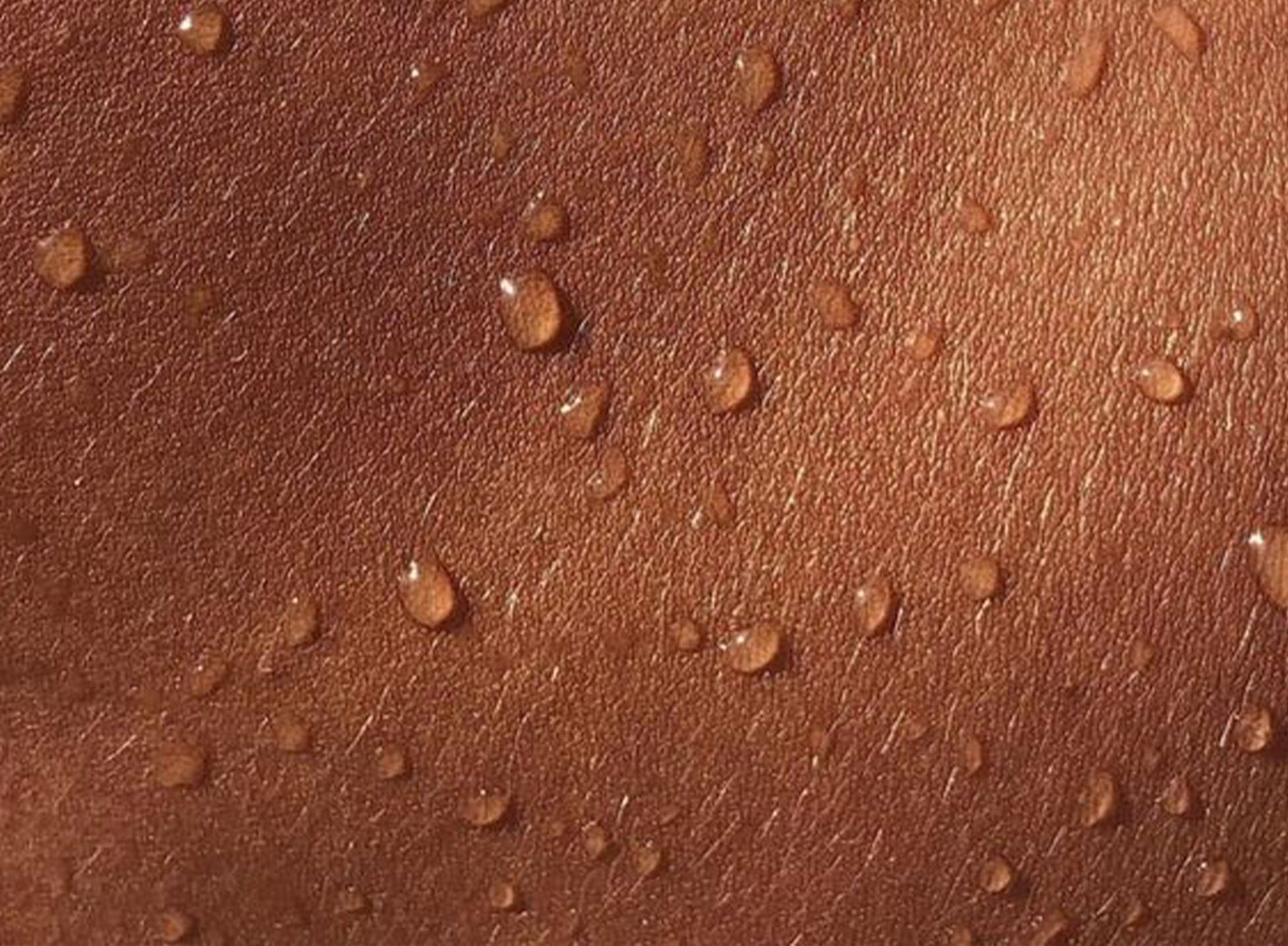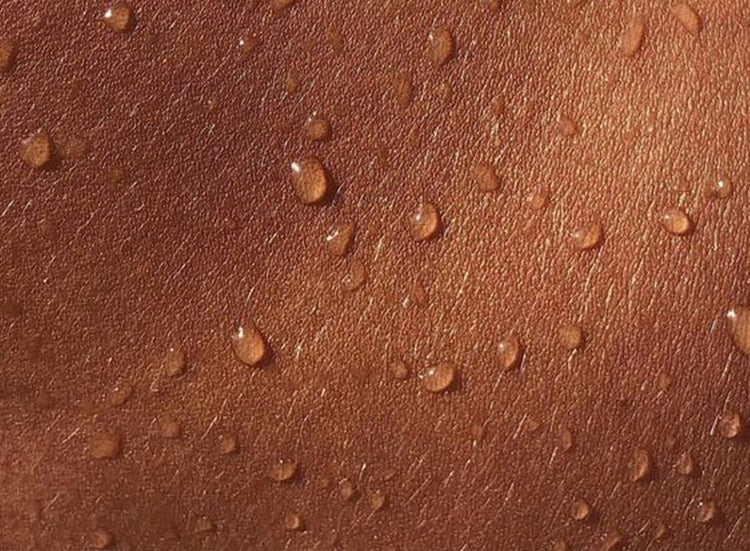The landscape of skin


Your skin barrier, also known as the lipid barrier, is the front line of your skin. Responsible for defending against pollution, UV light and infection, as well as locking in hydration, it’s made up of a blend of fats called lipids, including ceramides. The skin barrier is also home to an ecosystem of microorganisms that help to keep skin balanced and healthy; this is known as our topical microbiome.
As Jessica Green, engineer and biodiversity scientist, explains in her TED talk We’re covered in germs. Let’s design for that., “Everything is covered in invisible ecosystems made of tiny lifeforms: bacteria, viruses and fungi. Our desks, our computers, our pencils, our buildings all harbor resident microbial landscapes. Our bodies are home to trillions of microbes, and these creatures define who we are.” This isn’t just a figure of speech; biologist Jonathan Eisen explains, “If you look at [the microbes that cover us] in the microscope, you can see that we actually have 10 times as many cells of microbes on us as we have human cells. There's more mass in the microbes than the mass of our brain.”
These microbes don’t passively inhabit our bodies—they play a huge role in our health. “The microbes in your gut can influence your weight and your moods,” Jessica Green says. “The microbes on your skin can help boost your immune system. The microbes in your mouth can freshen your breath, or not, and the key thing is that our personal ecosystems interact with ecosystems on everything we touch. So, for example, when you touch a pencil, microbial exchange happens. If we can design the invisible ecosystems in our surroundings, this opens a path to influencing our health in unprecedented ways.”
This connection between our skin’s ecosystem and the environmental ecosystem is innate and inseparable. The ecosystems we live in, which are affected by “the status of biodiversity, climate, and urbanization, among other factors”, shape our skin microbiome. A study on air pollution and skin found that the skin microflora of 20 women was almost halved when exposed to an airborne pollutant, and other studies have confirmed that pollutants cause symptoms such as acne, oiliness, dryness and pigmentation.
Here’s the irony: 95 billion units of cosmetic packaging are sent to landfills every year. We’re buying more products to try to fix the symptoms caused by an impaired skin barrier, which can actually worsen things further when we over-cleanse, over-exfoliate or use harsh ingredients including fragrances, alcohol, and stripping synthetic ingredients. These landfills are a major source of airborne pollution, which—you guessed it—damage our skin barrier.
BARRIER CULTURE is designed to break this cycle. With a 2-step skincare routine, we offer a universal, preventative approach to skincare consumption that rebuilds the skin’s microbiome, protects from pollution and reduces waste. Find out more here.